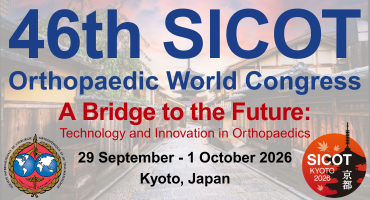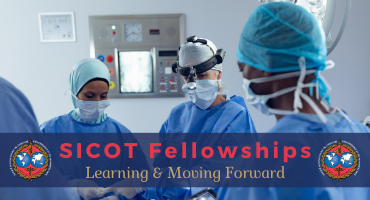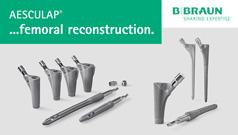Treatment of infected lower limb bone defects using the bone transport with locking plate technique (BTLP): A retrospective case series of 90 patients
Injury. 2025 Oct 17;56(12):112829. doi: 10.1016/j.injury.2025.112829. Online ahead of print.
ABSTRACT
OBJECTIVE: To evaluate the clinical efficacy of the bone transport with locking plate (BTLP) technique, which combines an external fixator and a locking plate for the treatment of infected bone defects in the lower extremities, within the induced membrane.
METHODS: A retrospective analysis was conducted on patients with infected bone defects of the F4 type according to the new FRI classification in the lower extremities treated at our hospital between July 2018 and September 2022. The treatment protocol was divided into two stages. In the first stage, debridement was performed, the bone defect was fixed with plate and filled with antibiotic-loaded cement to induce membrane formation. In the second stage(8 weeks later), removal of the bone cement and BTLP technique was applied within the induced membrane for bone transport to repair the defect. Outcomes, including infection control rate, bone union rate, and complications, the clinical efficacy were assessed using the Paley scoring system.
RESULTS: A total of 90 patients were included in this study, with 41 cases involving the tibia and 49 cases involving the femur. After an average follow-up of 20.5 months, infection recurrence was observed in 13 cases (14.4 %). Among these, 76.9 % of the recurrent infections did not affect bone healing and were controlled after removal of the internal fixation. The final infection control rate was 96.7 %, two patients with severe infection could not achieve control, and one underwent amputation. The initial bone union rate was 93.3 %, with an average union time of 7.8 months after bone transport completion. The final bone union rate was 95.6 %. The average external fixation index (EFI) was 16.3 days/cm. The average Visual Analogue Scale (VAS) score for the femur was higher than that of the tibia. Complications include the pin-tract leakage and skin inflamed for the femur was higher than that of the tibia. Functional outcomes were significantly better in the tibia compared to the femur.
CONCLUSION: The BTLP technique within the induced membrane is an effective method for the treatment of infected bone defects. However, attention should be given to the relatively high incidence of complications and the adverse effects on joint function when applied to the femur.
PMID:41130136 | DOI:10.1016/j.injury.2025.112829

















